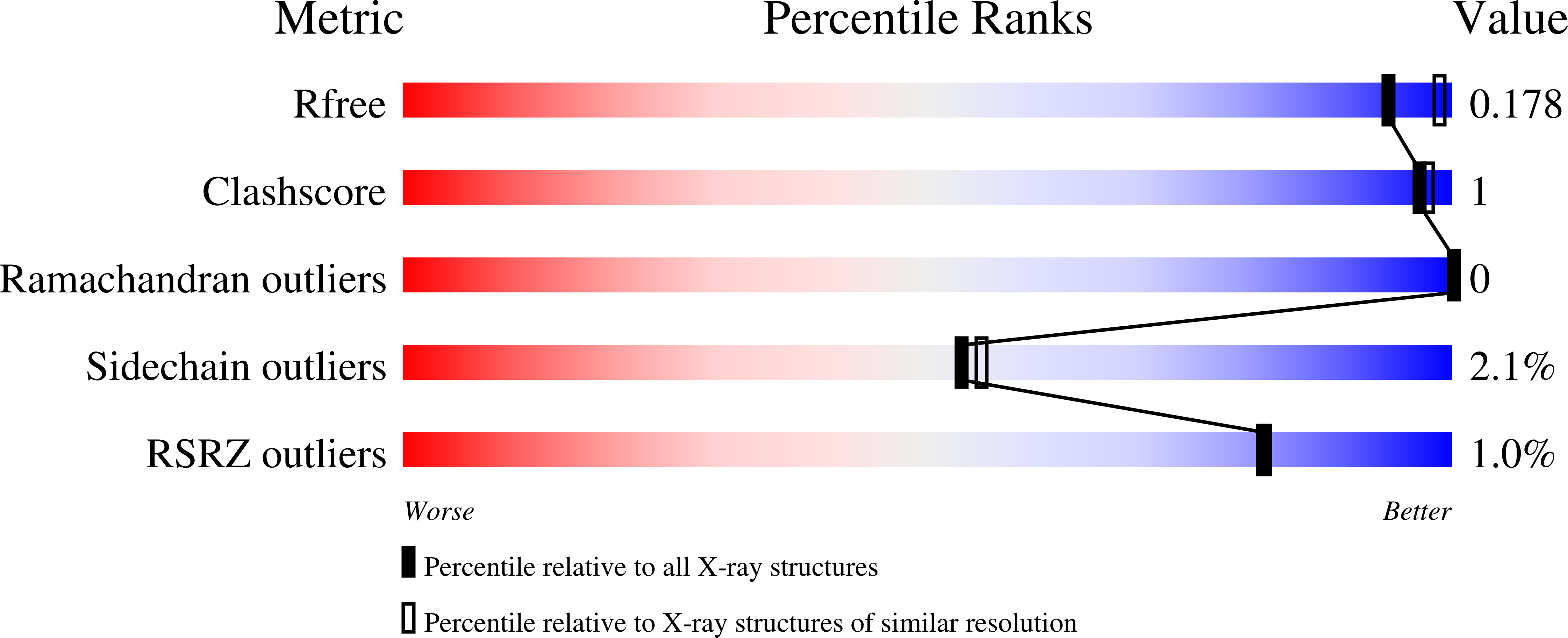
Deposition Date
2004-03-30
Release Date
2004-08-24
Last Version Date
2023-10-25
Entry Detail
PDB ID:
1SW3
Keywords:
Title:
Triosephosphate isomerase from Gallus gallus, loop 6 mutant T175V
Biological Source:
Source Organism:
Gallus gallus (Taxon ID: 9031)
Host Organism:
Method Details:
Experimental Method:
Resolution:
2.03 Å
R-Value Free:
0.17
R-Value Work:
0.14
R-Value Observed:
0.14
Space Group:
P 21 21 21


